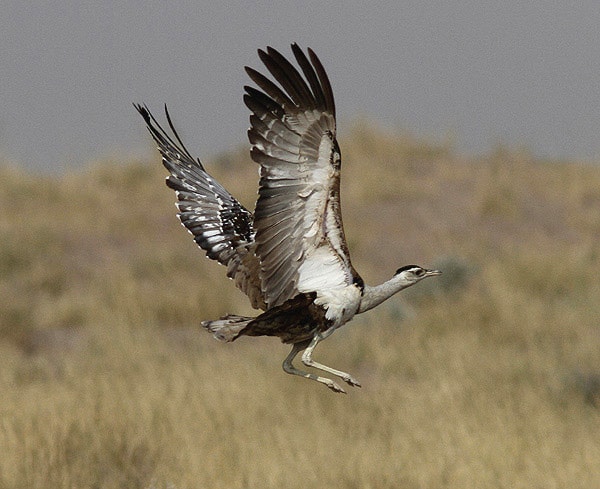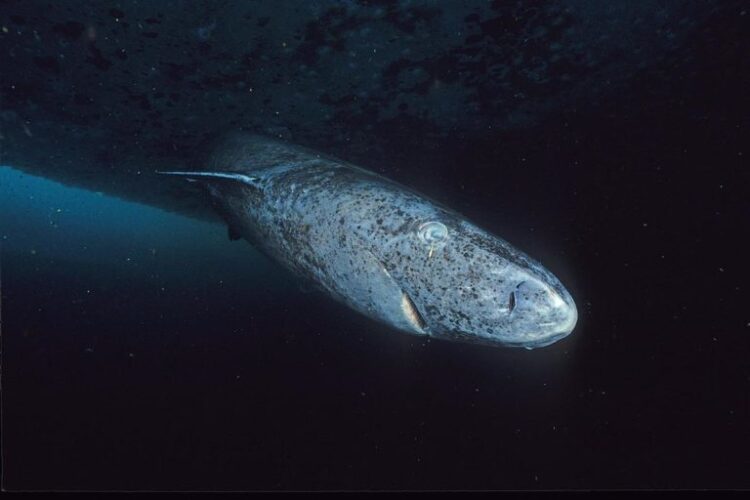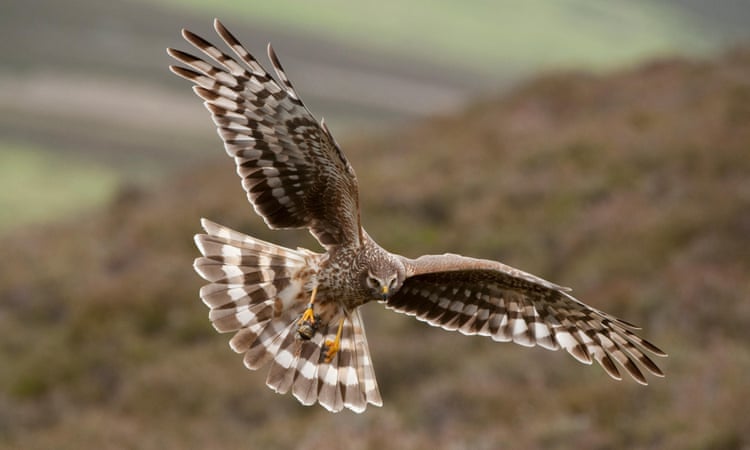At first sight, the Great Indian Bustard Ardeotis nigriceps (Critically Endangered) certainly doesn’t look as if it needs protecting. Towering at a metre tall, this imposing, robust bird struts slowly through the grassland of the Indian subcontinent as if it owned the place.
And once upon a time, it did. Formerly widespread and abundant, this nomadic bustard made yearly journeys between India and Pakistan – a relatively modest migration compared to some species, but no mean feat for one of the world’s heaviest flying birds, comparable to the ‘flying fortress’ heavy bomber planes of the 1930s and 40s.
Today, this species has disappeared from 90% of its former range, leaving fewer than 300 birds, mainly confined to the Thar Desert, Rajasthan. Historically, its decline was set in motion by widespread hunting for food and sport. Today, its woes are compounded by habitat loss due to urbanisation and the expansion of agriculture.
With humans come domestic animals: stray dogs are currently one of the biggest risks to both adult birds and the single egg they lay each year. Offspring also risk being trampled by livestock, despite the female’s heroic habit of carrying her chick away under her wing when threatened.
One of the biggest dangers, however, are energy structures such as wind turbines and power lines. Needless to say, renewable energy is key to saving the planet – but when badly-planned constructions obstruct habitats or migration routes, they pose a huge collision hazard to this far-from-nimble flyer. Fortunately, help is at hand – bolstered by a set of major landmarks decided by the Convention on Migratory Species this February.
Here, the Great Indian Bustard was added to Appendix I: the strictest level of protection. BNHS, our Indian Partner, is working with the Wildlife Institute of India to satellite-track the species to understand its movements.
The Ministry of Environment, Forest and Climate Change plans to declare all Great Indian Bustard habitats conservation reserves, and bury power lines underground in these areas.
Even more encouragingly, Indian Prime Minister Narendra Modi pledged to coordinate the conservation of all migratory birds along the Central Asian Flyway – a major migration route that formerly lacked any institutional framework.
Thanks to this milestone, every major flyway in the world now has a formal plan connecting conservation action in every country along the way.
This article was first published by BirdLife International on 2 June 2020. Lead Image: Great Indian Bustard, copyright Aidan G Kelly, from the surfbirds galleries
What you can do
Support ‘Fighting for Wildlife’ by donating as little as $1 – It only takes a minute. Thank you.







Leave a Reply